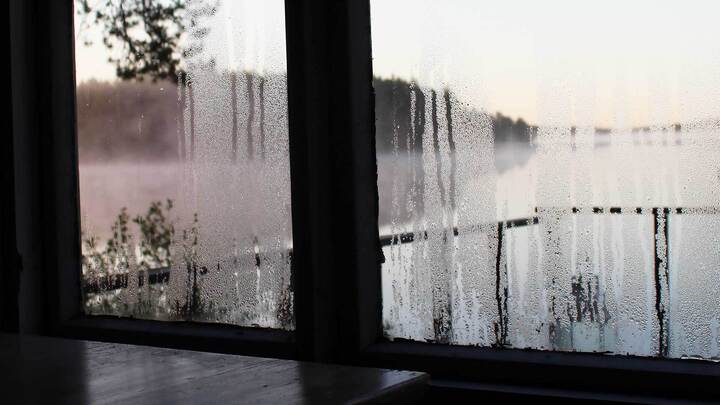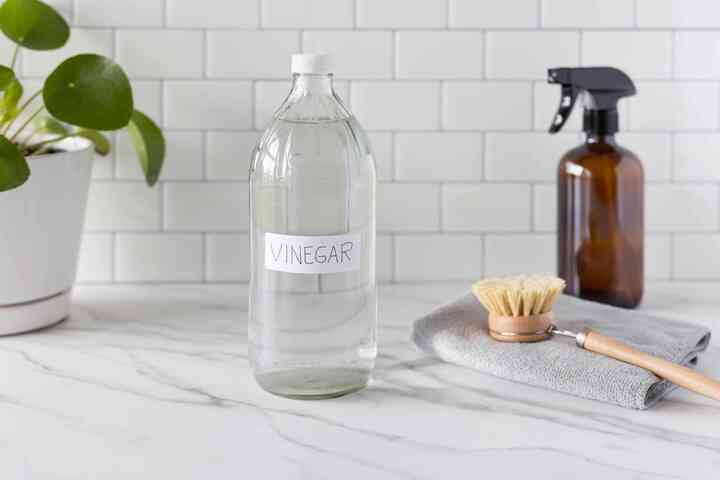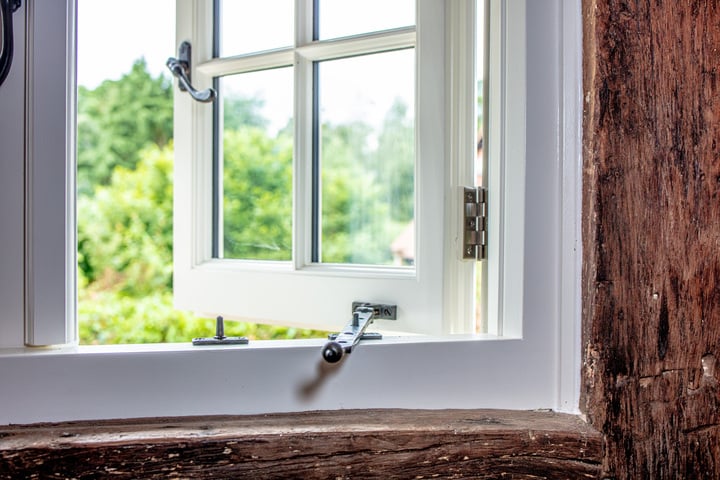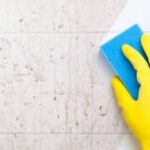In addition to humid and sticky days, condensation on glass surfaces can also occur when there is a significant temperature difference between the inside and outside of your home. This often happens during winter when families use heaters. The temperature discrepancy causes the warm, moist air inside to come into contact with the cold surface of the glass, resulting in condensation.
Furthermore, activities such as cooking, bathing, and even human breath contribute to increased humidity levels indoors, leading to condensation on glass surfaces.

There are several tricks to deal with condensation on glass. (Image: Klar)
Tips to Deal with Condensation on Glass
Condensation on glass can be a nuisance as it obscures visibility and creates an unsightly appearance. Not only that, but the moisture can also lead to the growth of mold and reduce the lifespan of the glass.
Here are some tips to help you tackle this issue:
Use a Dehumidifier
A dehumidifier is the most effective way to reduce moisture in the air and prevent condensation. Place the dehumidifier near the glass surface or in areas prone to high humidity.
If you don’t have a dehumidifier, you can use natural desiccants such as charcoal, baking soda, or gel absorbents near the glass to absorb moisture from the air.
Install Insulating Film or Panels
Insulating films or panels often have anti-moisture and temperature-regulating properties, helping to reduce condensation on glass.
Use Soap
Another simple method to tackle condensation is to use soap. Rub a bath soap bar on the foggy glass surface and then wipe it clean with a soft cloth. This will leave the glass looking clearer and reduce condensation significantly.
Additionally, you can use an anti-fog solution, which creates a thin film on the glass surface, preventing water droplets from forming for a certain period.
Vinegar or Alcohol Solution
Both vinegar and alcohol can prevent condensation. Mix either of these with water in a 1:1 ratio and use a soft cloth to gently wipe down the glass surface. This will create a thin film that prevents moisture from settling on the glass, keeping it clear for an extended period.

Use vinegar to wipe down the glass – one of the tricks to prevent condensation. (Image: The Spruce)
Use Moisture Absorbing Bags
Moisture-absorbing bags, often made with strong desiccants like silica gel, can help draw moisture from the air, keeping the glass surfaces dry. Place these bags near the glass or hang them on the window frame to absorb any condensation.
Adjust Indoor Temperature
One of the main causes of condensation is the temperature difference between the inside and outside. Adjust the indoor temperature using heaters or air conditioners to reduce this discrepancy. However, ensure that the space remains well-ventilated.
Open Windows or Turn on Exhaust Fans
Maintaining a well-ventilated indoor space is crucial to reducing humidity. Open windows or turn on exhaust fans, especially after cooking or bathing. If your home has a ventilation system, ensure it functions properly during winter.

Opening windows helps maintain a balanced temperature. (Image: Pinterest)
Use Candles
Burning candles generate heat, warming the air near the glass and reducing condensation. Place candles near glass surfaces during humid winter days, but always ensure fire safety precautions are followed.
Preventing Condensation on Glass
The best way to deal with condensation is to prevent it from occurring in the first place. Here are some tips to maintain the durability of your glass surfaces and ensure a healthy living environment:
– Keep your environment dry and well-ventilated: Ensure your home is adequately ventilated, and humidity levels don’t get too high. If your home lacks a good ventilation system, open windows for a set period each day.
– Regularly inspect and maintain glass surfaces: Regularly check and maintain your glass surfaces to identify any issues early on and prevent long-term moisture buildup, which can cause damage.
– Use air conditioners: Air conditioners not only regulate temperature but also reduce humidity levels, preventing condensation.
According to VTC
The Musty Smell Solution: A Guide to Eliminating Damp Odors in Your Home
The rainy season brings with it a host of challenges, and one of the most common issues is the damp and musty smell that permeates our homes. This unpleasant odor can be a real nuisance, but there are ways to tackle this problem and restore your living space to its former freshness. With the right tools and techniques, you can effectively combat the rainy season blues and create a comfortable and inviting home environment once more.






































